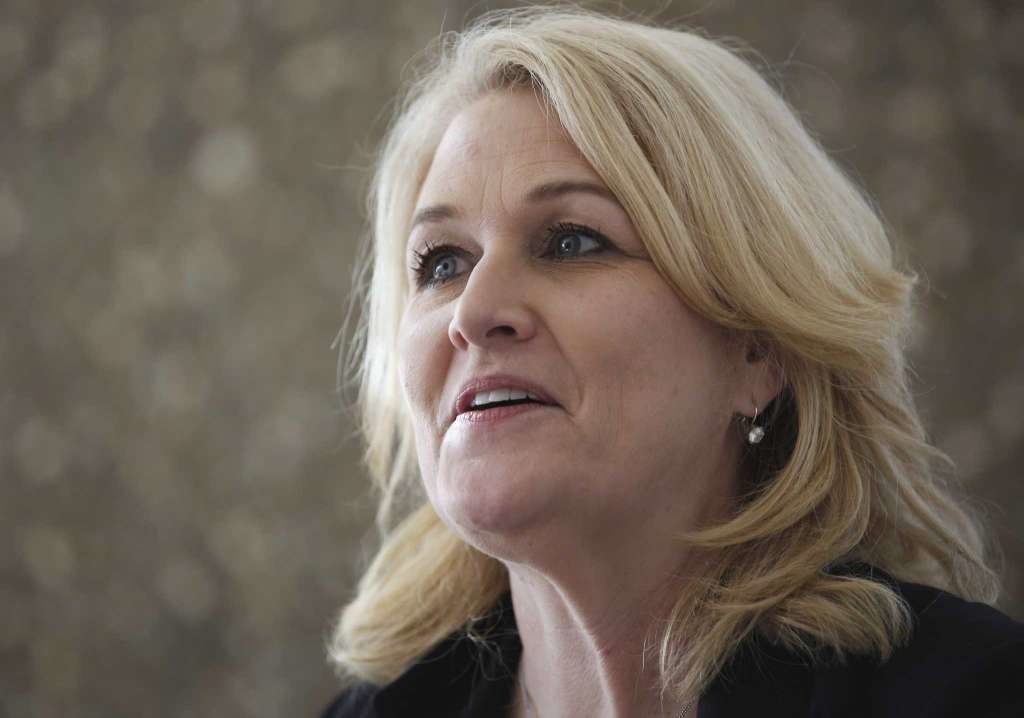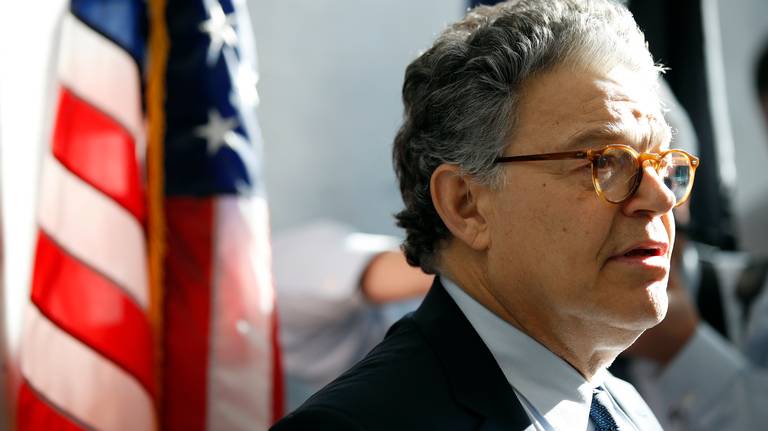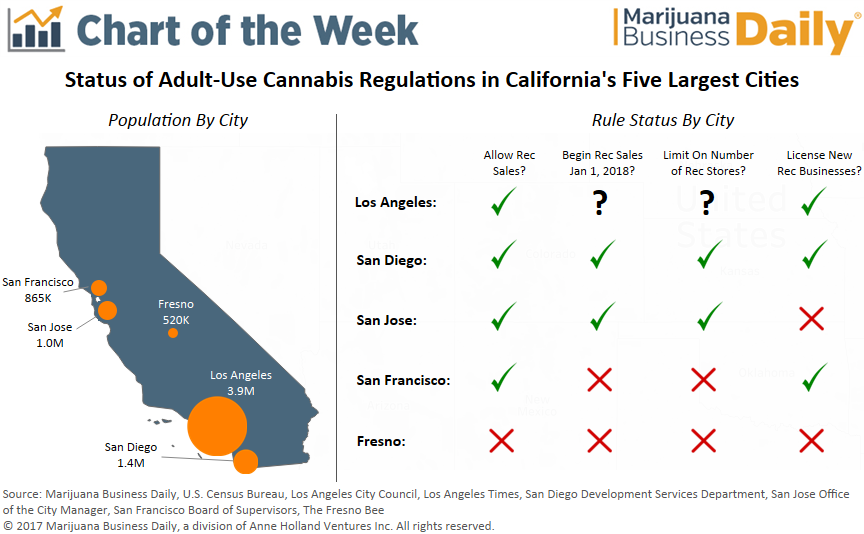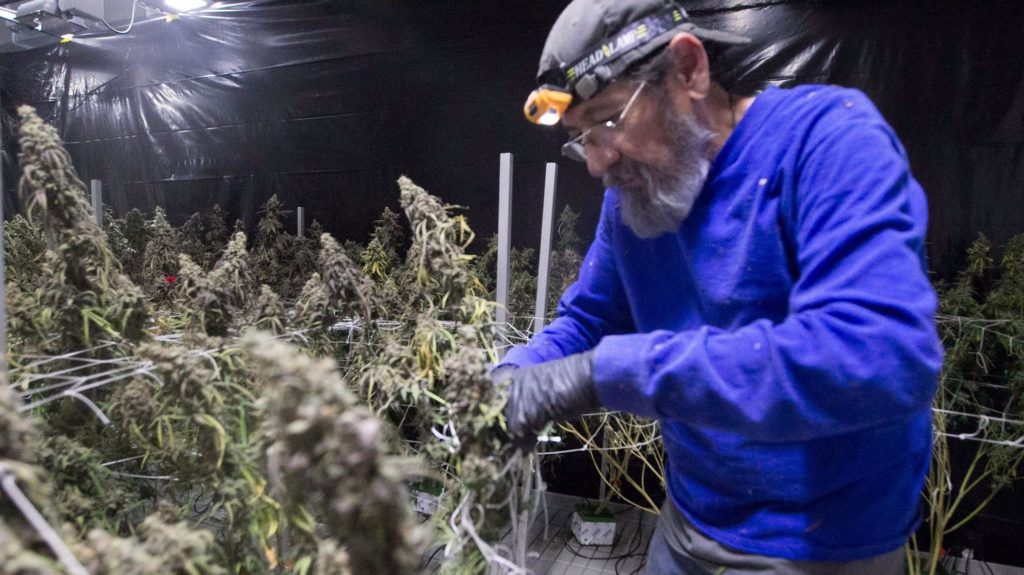San Diego’s plan to allow local cultivation, manufacturing and testing of marijuana took a key step forward with the recent unveiling of proposed regulations for those activities.
Leaders of the local marijuana industry are praising San Diego for being among a small group of California cities willing to allow a local marijuana supply chain in addition to permitting storefronts selling the drug.
But they also criticized the proposed regulations as too strict, particularly a rule capping the total number of cultivation and manufacturing businesses at two per City Council district — or 18 maximum in the city.
In addition, some said zoning restrictions that outlaw dispensaries within 1,000 feet of schools, parks and other sensitive uses shouldn’t apply to cultivation and manufacturing sites because there is no public access to them.
Others said the city releasing only a summary of the proposed regulations, instead of the full text, has left many unanswered questions, including what will happen to a handful of businesses already engaged in cultivation and manufacturing with tacit city approval.
Industry leaders also expressed frustration that Council President Myrtle Cole has postponed a July 31 hearing on the new regulations to Sept. 11.
The delay was requested by local cannabis consultant Lani Lutar and Mickey Kasparian, head of a new umbrella labor group known as the Working Families Council.
Lutar said the goal of the delay is ensuring new regulations help San Diego maximize tax revenue and the economic boost of marijuana legalization, and that the regulations prioritize working families, the environment and the safety of residents.
Jeff Murphy, the city’s planning director, said the delay jeopardizes the city’s ability to have its regulations in place before new state rules for the marijuana industry — both recreational and medical — are expected to take effect in January.
The new state and city rules were prompted primarily by California voters approving recreational marijuana last November by passing Proposition 64.
The proposed San Diego regulations, which the city posted on its website with little fanfare on July 13, would place regulations on marijuana manufacturing and cultivation businesses similar to the rules for dispensaries.
It appears that rules for testing facilities would be a bit looser, but that’s unclear.
Manufacturing and cultivation businesses would need to be in industrial zones, at least 100 feet from any residential properties and at least 1,000 feet from schools, parks, churches, “youth-oriented” facilities and other sensitive uses.
Such businesses also couldn’t be within 1,000 feet of each other. And similar to a city maximum of four dispensaries in each of nine council districts, there would be a maximum of two cultivation and manufacturing businesses per district.
“I was very disappointed these regulations put a cap,” said Kimberly Simms, an attorney working with several local marijuana businesses. “If the intention is to have the city of San Diego be self-sufficient and have a fully functioning supply chain within our city boundaries so we don’t have to truck product in and out, then two per district isn’t going to cut it.”
And those were the intentions expressed by the City Council last winter when it directed staff to create regulations that would possibly allow local cultivation and manufacturing.
Council members said not allowing such businesses locally would cost San Diego jobs and tax revenue, jeopardize the safety of patients and increase air pollution by forcing tons of marijuana to be trucked into the city from elsewhere.
La Mesa is the only other city in the region that has indicated it may allow cultivation.
The United Medical Marijuana Coalition, a group of local dispensaries, expressed similar concerns to Simms.
“The rules as proposed will unquestionably fall short of supplying the legal market in the city of San Diego, and we hope the City Council will address this,” said Phil Rath, the group’s executive director. “Local production lowers costs and has added benefits for the environment and our regional economy.”
Rath said his group’s goal is to have enough product grown locally and legally to supply all of the city’s 16 legally approved dispensaries, a number that’s expected to eventually climb near or above 20.
He said there were a number of troubling provisions in the proposed regulations beyond the cap of two cultivation and manufacturing businesses per district, but declined to specify.
Simms said one such provision is separation requirements from sensitive uses like schools and parks.
“They are fully appropriate for dispensaries where there’s public access and signage and a lot of foot traffic,” she said. “But these non-retail facilities have no public access, there is no coming and going and there is no signage, so why are we making this so overly burdensome?”
She added that if churches or schools or youth-oriented facilities open in industrial areas, that is their choice and they should expect to be near industrial businesses like those that cultivate and manufacture marijuana.
Simms said limiting the number of legal businesses in San Diego cultivating and manufacturing marijuana would only encourage a black market of suppliers for the city’s dispensaries.
Gina Austin, another local marijuana attorney, said the proposed cap was a major red flag.
“It’s a concern any time you artificially limit supply and demand,” she said.
But Austin said it’s hard to evaluate the rules when the city hasn’t released the full text.
“The city has withheld the information no matter how hard we try to get more details,” she said.
It’s also not clear what would happen to 27 businesses — 17 manufacturers, eight cultivators, one testing lab and one warehouse — that don’t actually have any legal standing despite being given city business tax certificates, more commonly known as a “business license.”
Simms said she believes some or all may be “grandfathered” in — allowed to continue operating — or be given priority for permits.
Austin said she thinks that five of the 27 businesses that have building permits, not just business tax certificates, are in a much stronger position legally than the others.
Despite their criticisms, Simms and Austin said San Diego deserves praise for moving forward with regulations.
“Cities and counties across the state are enacting bans and continuing with the Draconian rhetoric that cannabis is the root of all evil, so I’m very happy that SanDiego is continuing to be a leader,” Simms said.
On the delay of the hearing, the city’s planning director, Murphy, sent a memo to Cole on July 18 urging her to stick with the city’s preferred July 31 date.
Murphy said legal notices have been posted and 200 stakeholders got notifications. He also said waiting until September may not give the city enough time to approve the regulations before the end of the year, especially if the council wants any changes.
“A July 31 hearing would allow time for staff to make any requested amendments during the summer recess and then return with an actionable final draft in September, with a second reading in early October,” Murphy wrote.
He also said not adopting regulations before the state does would create a risk of many illegal non-retail marijuana uses beginning to operate in the city.
Murphy also said the council’s crowded legislative calendar this fall could mean the postponement will force other key items to be delayed.
Jimmie Slack, Cole’s chief of staff, said in a response memo that the marijuana regulations would not delay other priority legislation, but he didn’t address the other concerns raised by Murphy.
Lutar, the cannabis consultant who joined with labor to create the delay, said the regulations are too important to be rushed.
“We thought it was important to slow things down a little bit so the proper regulations can be adopted,” she said.
Lutar said she’s been studying “best practices” in other California cities and Colorado to determine how San Diego can benefit the most from marijuana legalization.
Council President Cole declined to comment on the delay.
credit:thecannifornian.com













